Sannhetens medarbeidere
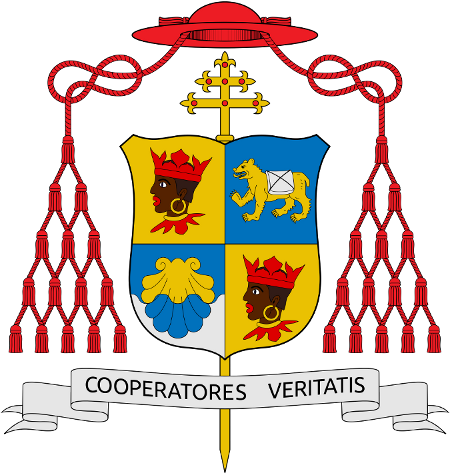 En presteblogger i England, Fr Ray Blake, har skrevet et interessant innlegg om pave Benedikt og hans vektlegging på sannheten. Han skriver bl.a.:
En presteblogger i England, Fr Ray Blake, har skrevet et interessant innlegg om pave Benedikt og hans vektlegging på sannheten. Han skriver bl.a.:
… … Truth was front and centre of the Benedictine pontificate, and along with it a certain intellectual precision and a desire to define precisely what we mean and what the Church believes. This type of precision was always at the heart of Ratzinger’s ministry, it was there in his time of Prefect of the CDF. I think a great turning point occurred with his commissioning of Cardinal Schönborn to produce the Catechism of the Catholic Church. I remember speaking to a seminarian who said, «Until the Catechism was published in 1994 we were told any old rubbish was Catholic teaching, then we were able to check for ourselves. It was amazing the effect a copy of it in a seminary class room on even the most way out lecturer». Therefore 1994 became a significant turning point, when ‘the faith’ was placed in the hands of ordinary Catholics, rather than something which was claimed by ‘specialists’. Another great turning point was Dominus Jesus in 2000 which brought precision to our christology and ecclesiology.
Benedict’s pontificate was a search for truth that animated countless Catholics, I suspect this was one of the reasons for the rise in numerous Catholic citizen journalists and the flourishing of the Catholic blogosphere. More importantly I believe that it gave rise to a culture for transparency, openness and accountability in the Church. Benedict made it possible for us to ask the simple question, «Is this true?» and to expect an answer, He gave us a point of reference to understand that there were not many truths but one Truth and that this Truth is the Incarnate Word, the 2nd Person of the Holy Trinity, Jesus Christ himself an objective and real presence that should be at the heart of the Church. For Benedict a denial of Truth was a denial of Christ himself, an obfuscation of it an obfuscation of Christ, a lack of clarity about it, a lack of clarity about Christ.
Truth for Benedict was the disinfecting sun-light, it was the answer to corruption and self-seeking within the Church, as much as it was to false teaching or to obfuscation or a lack of transparency or on a more mundane level bishops covering up child abuse, financial corruption or lobby groups, gay or otherwise, or plain heresy.
The search for Truth seems to have stimulated vocations to the priesthood, it certainly gave an impetus to Catholic intellectual life and the desire of Catholic intellectuals to teach and give ordinary Catholics an intellectual underpinning to their faith. … …


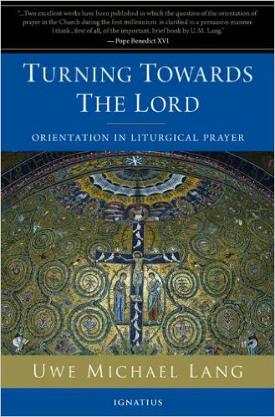 Den første av disse bøkene er Turning Towards The Lord av Fr. Uwe Michael Lang, og
Den første av disse bøkene er Turning Towards The Lord av Fr. Uwe Michael Lang, og 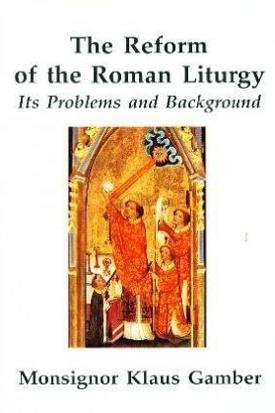 However, it would be wrong to align Gamber with traditionalists who draw a line at 1962, 1955, or even earlier, beyond which all change is anathema. Gamber is a critical liturgical historian, as shown by his precise and detailed discussion of the question of which way the liturgy should be celebrated, which comprises the second book in this volume.
However, it would be wrong to align Gamber with traditionalists who draw a line at 1962, 1955, or even earlier, beyond which all change is anathema. Gamber is a critical liturgical historian, as shown by his precise and detailed discussion of the question of which way the liturgy should be celebrated, which comprises the second book in this volume.  Den tredje og siste av disse kritiske bøkene er The Liturgy After Vatican II: Collapsing or Resurgent? av Denis Crouan.
Den tredje og siste av disse kritiske bøkene er The Liturgy After Vatican II: Collapsing or Resurgent? av Denis Crouan. 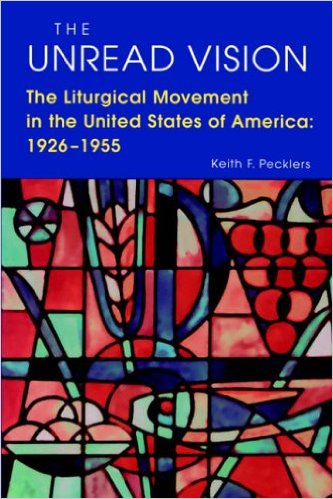 Etter å ha lest mange bøker de siste fem månedene som presenterer Kirkens liturgi de siste mange hundre (og opp til to tusen) år, leser jeg nå den siste uka av studiepermisjonen litt nyere stoff. Bl.a. denne boka som jeg allerede har lest en gang før (for 7-8 år siden): The Unread Vision: The Liturgical Movement in the United States of America: 1926-1955 av Keith F. Pecklers, SJ.
Etter å ha lest mange bøker de siste fem månedene som presenterer Kirkens liturgi de siste mange hundre (og opp til to tusen) år, leser jeg nå den siste uka av studiepermisjonen litt nyere stoff. Bl.a. denne boka som jeg allerede har lest en gang før (for 7-8 år siden): The Unread Vision: The Liturgical Movement in the United States of America: 1926-1955 av Keith F. Pecklers, SJ.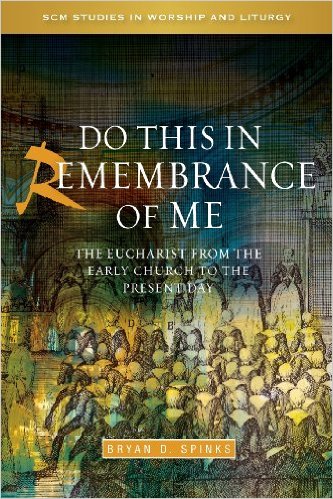 Do this in Remembrance of Me: The Eucharist from the Early Church to the Present Day av Bryan D. Spinks er den siste oversiktsboka over messens utvikling jeg har med meg, og jeg har lest den ferdig i dag. (De siste bøkene jeg har med meg på dette studieoppholdet handler mer om liturgisk utvikling de siste 100 år – og jeg kommer tilbake til dem.)
Do this in Remembrance of Me: The Eucharist from the Early Church to the Present Day av Bryan D. Spinks er den siste oversiktsboka over messens utvikling jeg har med meg, og jeg har lest den ferdig i dag. (De siste bøkene jeg har med meg på dette studieoppholdet handler mer om liturgisk utvikling de siste 100 år – og jeg kommer tilbake til dem.)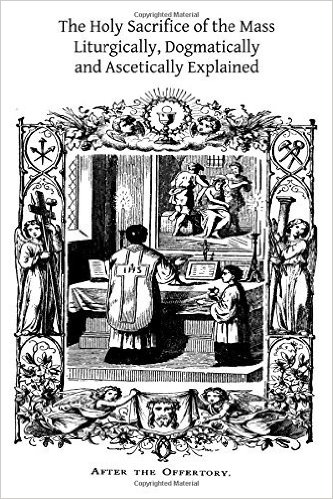 Den nest siste store oversiktboka over messens liturgi jeg har sett på er The Holy Sacrifice of the Mass: Liturgically, Dogmatically and Ascetically Explained av Fr Nicholas Gihr. Den ble utgitt i 1902, men er ny utgitt i nylig, min utgave (fotostatkopi) er fra 2013.
Den nest siste store oversiktboka over messens liturgi jeg har sett på er The Holy Sacrifice of the Mass: Liturgically, Dogmatically and Ascetically Explained av Fr Nicholas Gihr. Den ble utgitt i 1902, men er ny utgitt i nylig, min utgave (fotostatkopi) er fra 2013.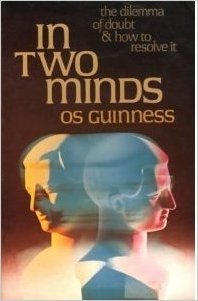
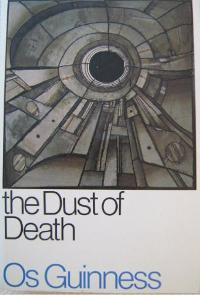 Boka The Dust of Death leste jeg på slutten av 70-tallet, og den gir en god oversikt over alle religionene og -ismene som hadde kommet til vesten på 60-tallet.
Boka The Dust of Death leste jeg på slutten av 70-tallet, og den gir en god oversikt over alle religionene og -ismene som hadde kommet til vesten på 60-tallet. 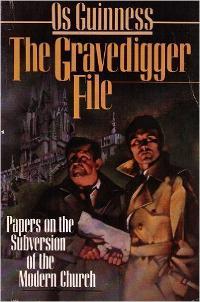 Boka The Gravedigger File var kanskje ikke så viktig for meg, men den peker på en del problemer som den moderne kristenheten har.
Boka The Gravedigger File var kanskje ikke så viktig for meg, men den peker på en del problemer som den moderne kristenheten har. 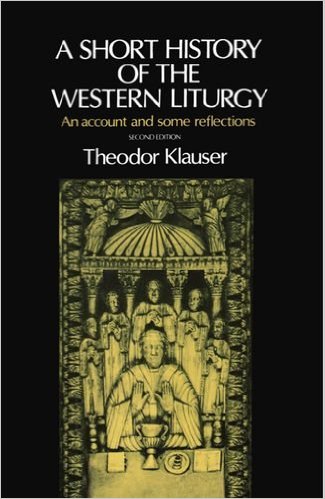 Jeg leser i dag ferdig Theodor Klauser: A Short History of the Western Liturgy. Det er ei nokså kort bok (litt over 200 s) og en del av stoffet er godt kjent for meg, men han skriver bl.a. en del interessante ting om hvordan Tridentinerkonsilets liturgireformer ble gjennomført. På
Jeg leser i dag ferdig Theodor Klauser: A Short History of the Western Liturgy. Det er ei nokså kort bok (litt over 200 s) og en del av stoffet er godt kjent for meg, men han skriver bl.a. en del interessante ting om hvordan Tridentinerkonsilets liturgireformer ble gjennomført. På 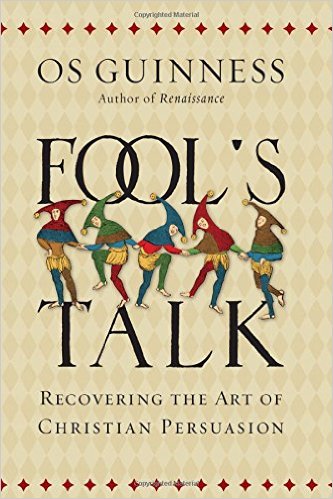 Os Guinness er en av personene knyttet til Francis Schaffer (som
Os Guinness er en av personene knyttet til Francis Schaffer (som  Jeg ble for noen få dager siden kontaktet ang en mulig nyutgivelse av Francis Schaeffers bok Skjebnetime, som jeg oversatte til norsk i 1985. Francis Schaeffer og hans arbeid på L’Abri betydde mye for meg i mange år, og da jeg ble kontaktet om boka, dukket mange gamle minner opp (jeg møtte bl.a. min kone på L’Abri i Sveits i 1985). Tidligere i dag leste jeg bl.a. om en debatt om Francis Schaeffer i Norge i 2011 –
Jeg ble for noen få dager siden kontaktet ang en mulig nyutgivelse av Francis Schaeffers bok Skjebnetime, som jeg oversatte til norsk i 1985. Francis Schaeffer og hans arbeid på L’Abri betydde mye for meg i mange år, og da jeg ble kontaktet om boka, dukket mange gamle minner opp (jeg møtte bl.a. min kone på L’Abri i Sveits i 1985). Tidligere i dag leste jeg bl.a. om en debatt om Francis Schaeffer i Norge i 2011 –  Jeg har nå lest ferdig den ganske berømte The Shape of the Liturgy, av Dom Gregory Dix, og er faktisk ikke så veldig fornøyd med boka.
Jeg har nå lest ferdig den ganske berømte The Shape of the Liturgy, av Dom Gregory Dix, og er faktisk ikke så veldig fornøyd med boka.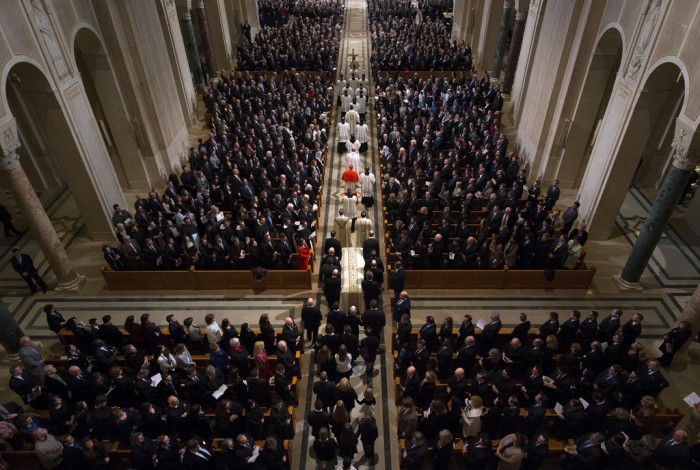
 Jeg har nå lest ferdig denne boka, som forfatteren, Richard W. Pfaff, i forordet skriver kanskje heller burde ha blit kalt The Liturgical Books of Medieval England, eller enda bedre (men for langt) The Liturgy in Medieval England: An Essay on the History of Medieval England as seen through Liturgical Sources.
Jeg har nå lest ferdig denne boka, som forfatteren, Richard W. Pfaff, i forordet skriver kanskje heller burde ha blit kalt The Liturgical Books of Medieval England, eller enda bedre (men for langt) The Liturgy in Medieval England: An Essay on the History of Medieval England as seen through Liturgical Sources.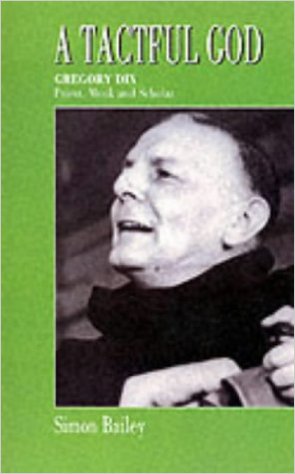 Jeg leste i dag ferdig booka A Tactful God av by Simon Bailey, og den beskriver livet og det liturgiske arbeidet til Dom Gregory Dix, den kjente anglikanske (anglo-katolske) liturgieksperten. (Jeg har hans svært kjente bok, The Shape of the Liturgy med meg på dette studieoppholdet, og skal lese (i alle fall deler av) de 750 sidene om ikke lenge.)
Jeg leste i dag ferdig booka A Tactful God av by Simon Bailey, og den beskriver livet og det liturgiske arbeidet til Dom Gregory Dix, den kjente anglikanske (anglo-katolske) liturgieksperten. (Jeg har hans svært kjente bok, The Shape of the Liturgy med meg på dette studieoppholdet, og skal lese (i alle fall deler av) de 750 sidene om ikke lenge.)